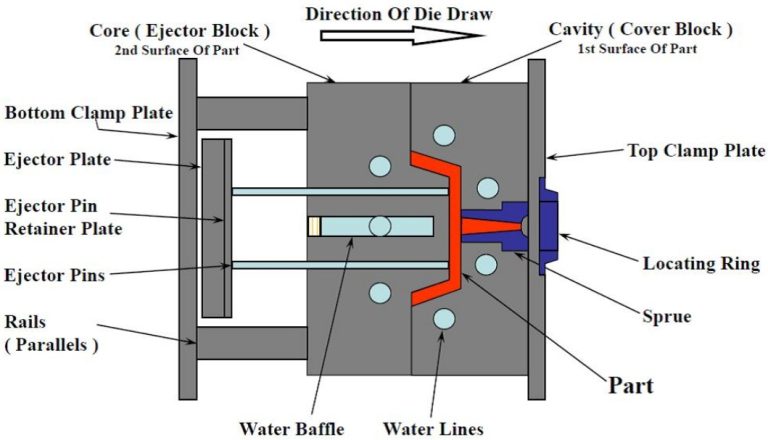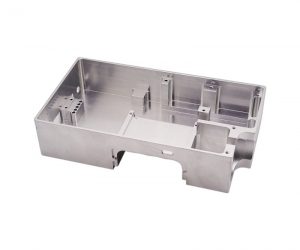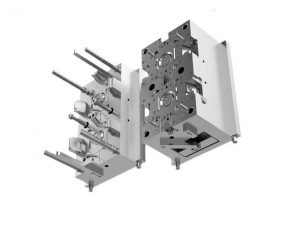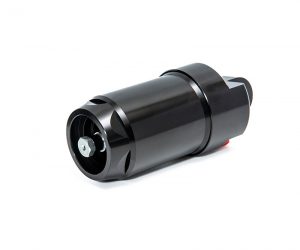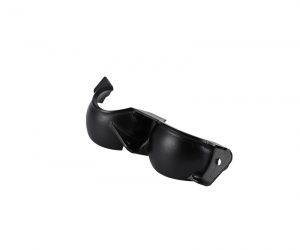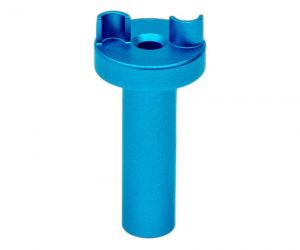Injection molding diagrams, far from being mere visual aids, function as complex, dynamic models reflecting the multifaceted intricacies of the plastics manufacturing process. These diagrams transcend simple process flowcharts; they are sophisticated representations incorporating material science, mechanical engineering principles, and statistical process control methodologies. Their utility extends beyond mere visualization, serving as critical tools for predictive modeling, risk mitigation, and the optimization of production parameters across the entire lifecycle, from initial design conception to post-production analysis.
The efficacy of an injection molding diagram hinges on its capacity to encapsulate the stochastic nature of the process. It must not only illustrate the nominal operational sequence – encompassing raw material characterization, mold design and validation (including rigorous FEA analysis and mold flow simulation), injection parameters (pressure, velocity, temperature profiles), cooling strategies, and part ejection – but also account for inherent variability and potential failure modes. This necessitates the incorporation of statistical data, tolerance ranges, and critical control points, allowing for proactive identification of potential bottlenecks and deviations from optimal performance.
Furthermore, effective diagrams leverage advanced visualization techniques to convey complex interactions between process variables. For instance, the representation of pressure-temperature relationships within the mold cavity, coupled with real-time data acquisition and feedback loops, allows for dynamic adjustments and the implementation of closed-loop control systems. This predictive capability enables proactive intervention, minimizing downtime and maximizing yield. The analysis of such diagrams facilitates not only the identification of process inefficiencies but also the quantification of their impact on overall production costs, product quality, and ultimately, market competitiveness. Indeed, a well-constructed injection molding diagram serves as a critical decision-support tool, guiding strategic improvements and fostering continuous process enhancement. Its value extends beyond operational efficiency, informing strategic decisions regarding capital investment, material selection, and overall manufacturing strategy.
How to Create an Injection Moulding Diagram
Creating an injection moulding diagram requires careful planning and attention to detail. Here are the key steps to follow:
1. Gather Information:
Start by gathering all the necessary information about the injection moulding process. This includes the part design, material specifications, machine and equipment details, temperature and pressure settings, and any other relevant parameters.
2. Identify Process Steps:
Next, identify and list down all the process steps involved in the injection moulding process. These may include material preparation, clamping, injection, cooling, ejection, and post-processing.
3. Define Key Parameters:
For each process step, define the key parameters that need to be monitored and controlled. These may include injection pressure, temperature, cooling time, ejection force, and cycle time, among others.
4. Create the Diagram:
Using a suitable software or drawing tool, create the injection moulding diagram. Arrange the process steps in a logical sequence and use arrows or flow lines to show the direction of the process flow. Clearly label each step and include the corresponding key parameters and equipment details.
5. Review and Revise:
Once the initial diagram is created, review it carefully to ensure accuracy and completeness. Seek feedback from other members of the production team and make any necessary revisions or improvements.
6. Add Visual Elements:
To make your injection moulding diagram more attractive and informative, consider adding visual elements such as color-coding, icons, and illustrations. This can help to make the diagram easier to understand and follow.
Tips and Best Practices for Making Your Injection Moulding Diagram Attractive and Informative
Crafting a compelling and technically rigorous injection molding diagram demands a nuanced approach that transcends mere aesthetics. The efficacy of such a diagram hinges on its ability to seamlessly integrate visual appeal with unambiguous technical precision, thereby facilitating both comprehension and insightful analysis. The following precepts, therefore, extend beyond simplistic guidelines, delving into the strategic deployment of visual language to achieve maximal impact:
- Semantic Precision in Labeling: Eschew vague terminology. Labels must exhibit crystalline clarity, employing standardized nomenclature consistent with industry best practices (e.g., ISO standards). Units of measurement should not merely be present, but prominently displayed and unequivocally linked to their corresponding data points. Ambiguity is the enemy of effective technical communication.
- Chromatic Encoding for Enhanced Cognitive Processing: The strategic application of color is not merely decorative; it's a powerful tool for cognitive organization. Color-coding should be meticulously planned, leveraging established color theory principles to intuitively represent process phases, material properties, or critical control parameters. Avoid arbitrary color choices; instead, employ a systematic color scheme that facilitates rapid identification of key information and minimizes potential misinterpretations.
- Symbolization and Iconography: A Symphony of Visual Metaphors: The judicious use of icons and illustrations transcends mere visual enhancement; it constitutes a sophisticated form of visual shorthand. Icons should be carefully selected to represent complex equipment or processes with minimal cognitive load, leveraging established industry symbols where possible. Custom illustrations, if employed, must be executed with meticulous attention to detail and stylistic consistency.
- Information Architecture: The Choreography of Clarity: The arrangement of information is not arbitrary; it reflects a deliberate design strategy. Employing principles of visual hierarchy, guide the viewer's eye through a logical sequence, emphasizing critical information while relegating secondary details to appropriate positions. Avoid visual clutter; whitespace is a powerful tool for enhancing readability and cognitive ease.
- Dynamic Adaptation: A Living Document: A truly effective injection molding diagram is not a static entity; it's a living document that evolves alongside the process it represents. Regular updates are not merely advisable; they are essential to maintaining the diagram's accuracy and relevance. The process of updating should be formalized, ensuring that all modifications are meticulously documented and validated to prevent the accumulation of inaccuracies. Consider version control systems to manage iterative changes and maintain a comprehensive historical record.
The foregoing constitutes merely a rudimentary overview of injection molding diagramming; a process far more nuanced and critical than its apparent simplicity suggests. Optimizing the injection molding process hinges not merely on the creation of a diagram, but on the strategic deployment of that diagram as a dynamic tool within a complex, iterative feedback loop. A static representation, however "attractive and informative," is insufficient. The truly effective injection molding diagram transcends mere visualization; it becomes a predictive model, anticipating potential bottlenecks, material stress points, and subtle variations in thermal transfer that can compromise part integrity and throughput. Its value lies not in its aesthetic appeal, but in its capacity to illuminate intricate relationships between injection pressure, melt temperature, mold geometry, and the resulting part characteristics – relationships often obscured by the apparent linearity of the process flow. Therefore, the creation of a truly effective diagram demands a deep understanding of rheology, thermodynamics, and the inherent stochasticity of the molding process itself. Failure to account for these complexities results in a diagram that is not merely inadequate, but actively misleading, potentially leading to costly production errors and significant quality control issues. The pursuit of optimal injection molding necessitates a paradigm shift from simplistic visualization to sophisticated predictive modeling, demanding a level of expertise that extends far beyond the procedural steps outlined in elementary guides.
